Healthy seedlings should have a developed root system, a strong trunk, green leaves. Mistakes in growing seedlings lead to the extension of the stem, seedlings can outgrowget sick or die. Even after planting the young on the beds you do not always get a good harvest. Contaminated land, tight containers, thickened planting, poor seed, violations of the rules of care are the main mistakes that lead to problems when germinating seedlings.
Content
Seed material
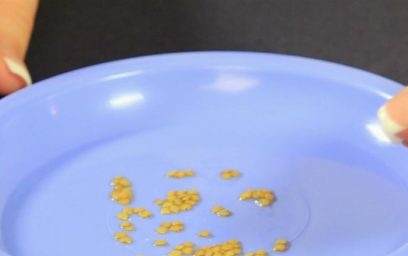 After collecting the seeds, they must be dried, ventilated. Store in jars inaccessible from moisture, with a tightly closed lid before sowing. If storage rules have been violated, then the seeds may become moldy, blacken, rot. Such material is unsuitable for planting.
After collecting the seeds, they must be dried, ventilated. Store in jars inaccessible from moisture, with a tightly closed lid before sowing. If storage rules have been violated, then the seeds may become moldy, blacken, rot. Such material is unsuitable for planting.
Deep seed planting can affect seedling germination. The embedment depth is within 1-2 cm. If it is deeper, the seeds may not rise, unable to penetrate a thick layer of earth. There are plant varieties that do not deepen, but leave on the surface of the soil, periodically water them.
By purchasing seeds in the store, check the expiration dates on the packaging. Stitched seeds will not sprout, or only a part of them will germinate. When unpacking carefully, all copies are sorted out, reviewed.
Planting soil
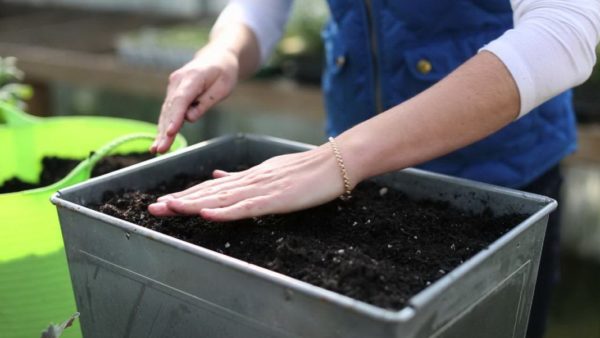 Infected land can slow the development of plants or destroy seedlings. You can’t just pick up the soil in the garden and plant the seeds. To grow strong seedlings, you will have to work hard - make nutritious soil yourself, or buy it in a store. This is mainly turf, peat, sand, humus. Each culture has its own soil mixture and its proportions.
Infected land can slow the development of plants or destroy seedlings. You can’t just pick up the soil in the garden and plant the seeds. To grow strong seedlings, you will have to work hard - make nutritious soil yourself, or buy it in a store. This is mainly turf, peat, sand, humus. Each culture has its own soil mixture and its proportions.
The substrate for disinfection must be frozen, poured with boiling water or calcined in the oven (for 20 minutes at a temperature of 80-90 degrees). The procedure will kill pests, viruses, fungi. Another method of disposal is to pour manganese solution on the ground.
Container for seedlings
Close containers, containers without drainage can inhibit plant growth. Seedlings begin to hurt, but the reason is not clear. Many seeds sprout in such pots and die. The root system should develop freely, the growth of seedlings depends on this.
It is better to use special containers for seedlings. If there are none, then observe the size of the cups 10 cm by 10 cm. Often use peat tablets and pots, plastic containers, cassettes.
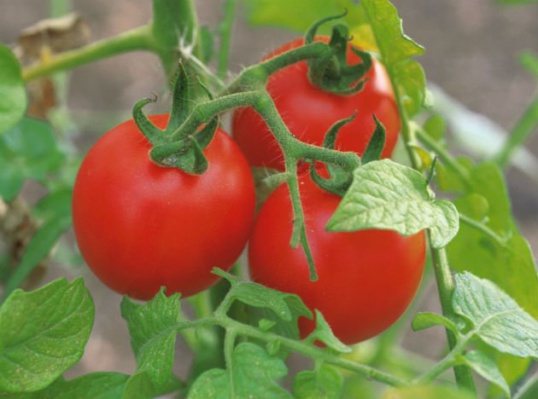 You may be interested in:
You may be interested in:Presowing preparation
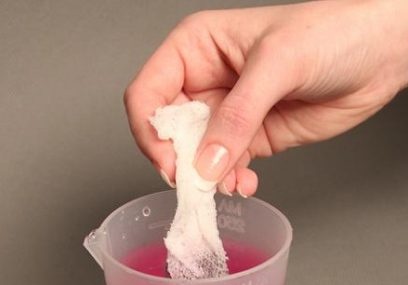 Like soil, seeds need to be disinfected. Untreated material can be infected by infecting neighboring plants.
Like soil, seeds need to be disinfected. Untreated material can be infected by infecting neighboring plants.
Soak the seeds in a manganese solution for half an hour. Washed, spread in wet gauze for 2 days for germination. The procedure reduces the time for germination of seed material. Goods purchased in a store are usually sold processed and no further action is required.
Seeding dates for seedlings
When the earth warms up, the temperature will become 10-13 degrees, seedlings are planted on the beds.Timely sowing will give timely seedlings, seedlings will grow by the time the soil is warm. Skipping this period is not advisable. Planting dates depend on the climate in the region, on the plant variety, the method of cultivation (under or without film).
The period of seedling growth is calculated, from sowing to planting in the ground. Not developed seedlings will bloom later, and overgrown seedlings will take root for a long time.
Temperature and lighting
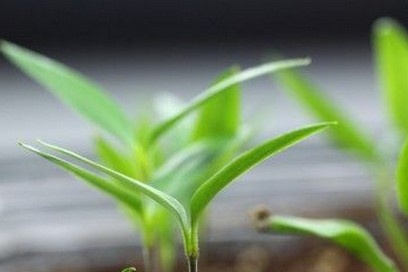 Each type of plant has its own germination temperature. One is enough 5-7 * C heat, while others will appear only at a temperature of + 18-22 degrees. Heat-loving seedlings can not be planted in cold soil or a greenhouse. At low temperatures, moisture evaporates less, plants absorb less nutrients from the soil. Cold earth contributes to the appearance of fungi. Plant growth slows down, they are sick.
Each type of plant has its own germination temperature. One is enough 5-7 * C heat, while others will appear only at a temperature of + 18-22 degrees. Heat-loving seedlings can not be planted in cold soil or a greenhouse. At low temperatures, moisture evaporates less, plants absorb less nutrients from the soil. Cold earth contributes to the appearance of fungi. Plant growth slows down, they are sick.
To avoid this, the seedlings are hardened before planting, they are taken out every day for 2-3 hours in fresh air. At night, seedlings are left in a warm room.
Each vegetable crop has its own daylight hours, growing from about 12 to 16 hours. Without lighting, seedlings begin to stretch, grow rapidly, the stems become thin. Such plants are sick, do not tolerate picking and moving to the ground.
To solve the problem on short winter days, additional lights are needed for illumination. The south window sill of the house or the glazed balcony on the south side is suitable for containers with seedlings.
Dense landing
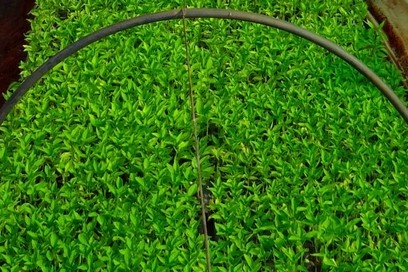 If the seedlings are located close to each other, then the plants will begin to stretch, they will not be enough light. With a tight planting, crops are not aired, nutrients are not enough. There is a threat of fungal diseases.
If the seedlings are located close to each other, then the plants will begin to stretch, they will not be enough light. With a tight planting, crops are not aired, nutrients are not enough. There is a threat of fungal diseases.
Tightly planted plants must be thinned, leave 2-3 cm distance between the seedlings. The best seeding option is individual containers, so as not to thin out the landing, picking is not needed.
Dive
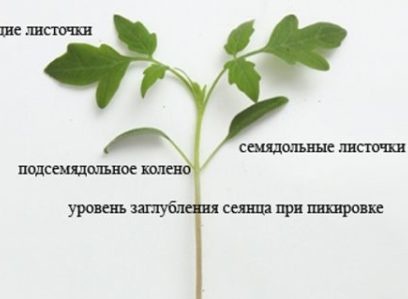 Pick for many species of plants, a mandatory procedure. After the appearance of 2-3 leaves, seedlings are transferred to individual containers. If you do not pick in time, with a dense landing, the seedlings will stretch, weaken.
Pick for many species of plants, a mandatory procedure. After the appearance of 2-3 leaves, seedlings are transferred to individual containers. If you do not pick in time, with a dense landing, the seedlings will stretch, weaken.
The movement of young animals must be done correctly. Damage to the root system leads to the death of plants. Often moving to another container occurs with a lump of earth in which the plant is located. If seedlings were grown in peat tablets, then it is not necessary to transplant it. Landing in the pits do with peat.
The seedlings are buried to the cotyledons or roots are shortened by 1/3. The main root and thick roots should not be touched. The first 3 days after the dive, the seedlings are left in a shaded place. The first watering occurs 4-5 days after the dive. Some cultures cannot be dived; their growth and development slows down.
Irrigation irrigation
After sowing seeds, the soil should be always moist, but not wet. It’s better not to water the ground, but spray it a couple of times a week. With dry soil, seedlings will not appear, and increased humidity will cause fungi.
The amount of watering depends on the type of plant - hygrophilous require more moisture than drought-resistant plants. Seedlings are watered with settled, melt, rainwater, but not cold (18-20 * C).
Seedling diseases
If you ignore the first symptoms of the disease in plants, you can lose most of the sowing. Fungi are transmitted quickly, neighboring specimens can also become infected.
When yellow leaves appear or leaves fall, when the trunk turns black, the plants dry, weaken, stop growing - you need to respond immediately. First, find out the causes of the disease, then take action.Sick seedlings are removed, the rest is treated with fungicides. For prevention, Gliocladin, Trichodermin are introduced into the soil. Be sure to carry out pre-sowing preparation - disinfection of soil and seeds.
Hardening of young animals is an important point in growing seedlings. If it is not tempered, then immature seedlings will freeze in the cold season. When the plants begin to stretch, the hardening stops the intensive growth of seedlings. Overgrown seedlings poorly take root. You can stop growth by reducing irrigation. You can learn from mistakes, but it is better to use tips and tricks to avoid the wrong actions when growing seedlings.

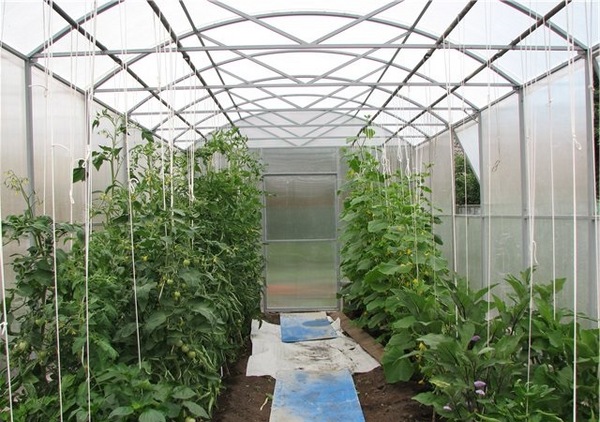
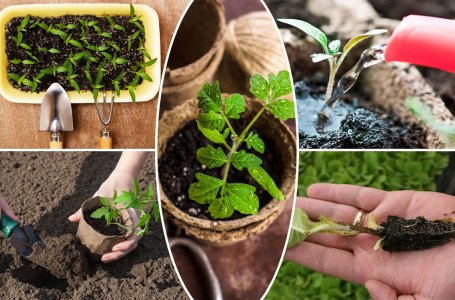
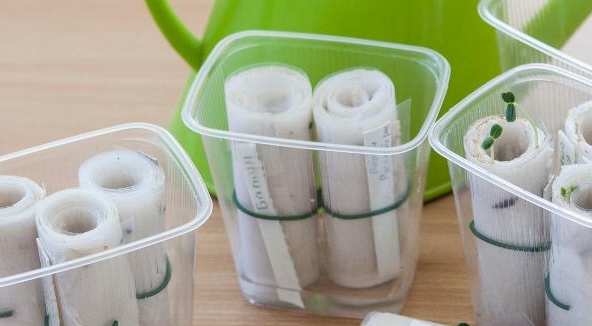
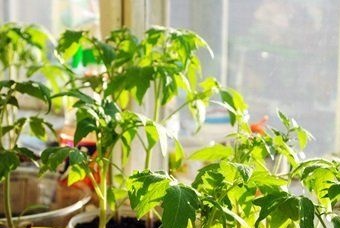 10 mistakes that destroy seedlings
10 mistakes that destroy seedlings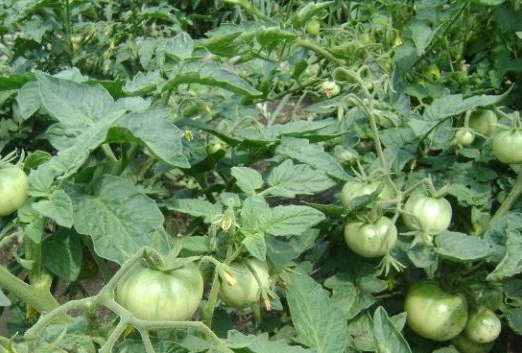 What crops are solanum plants?
What crops are solanum plants?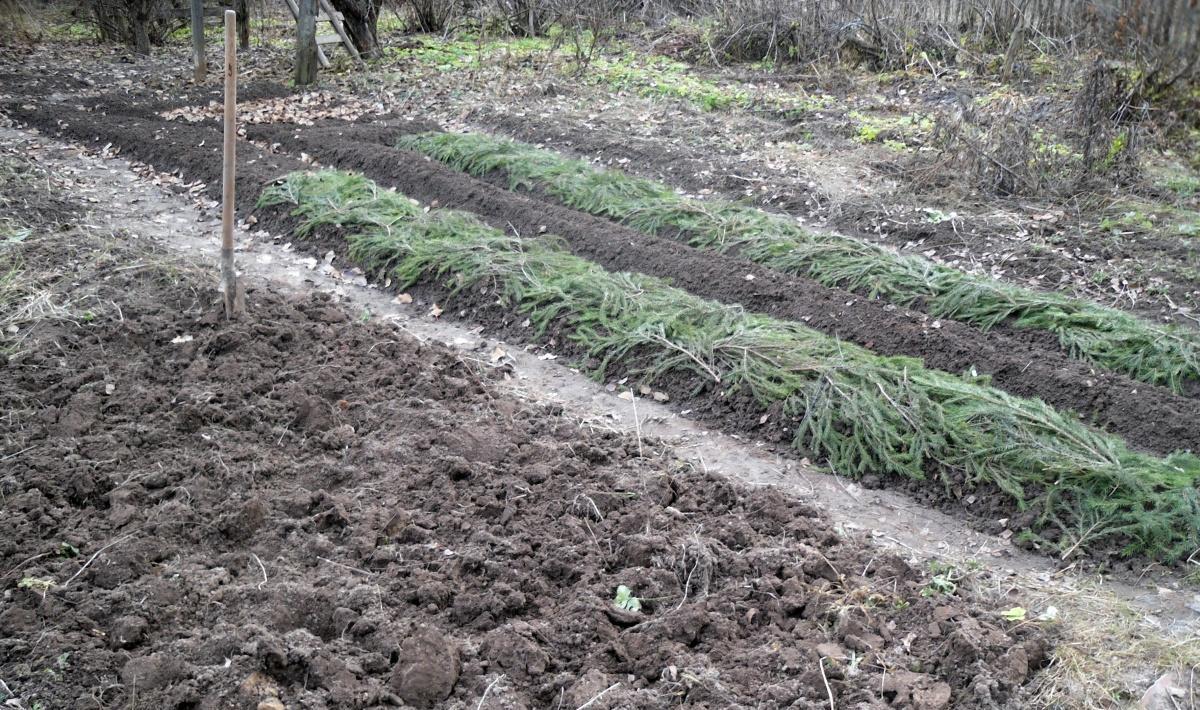 What to plant in the garden before winter: what vegetables, flowers, herbs, trees and shrubs
What to plant in the garden before winter: what vegetables, flowers, herbs, trees and shrubs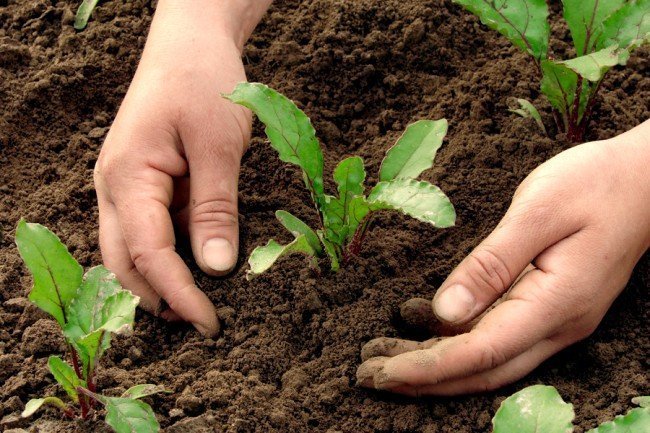 What can be planted at the end of summer in open ground in different regions to grow rapidly
What can be planted at the end of summer in open ground in different regions to grow rapidly